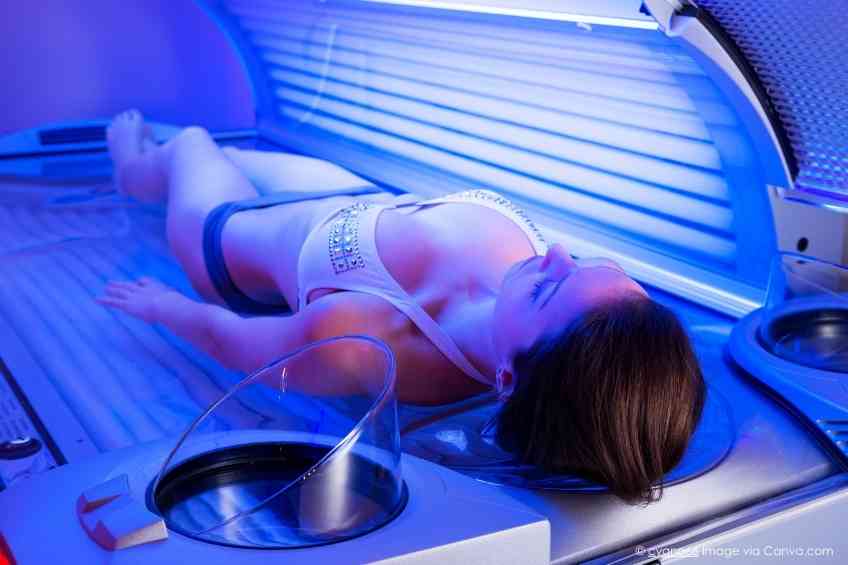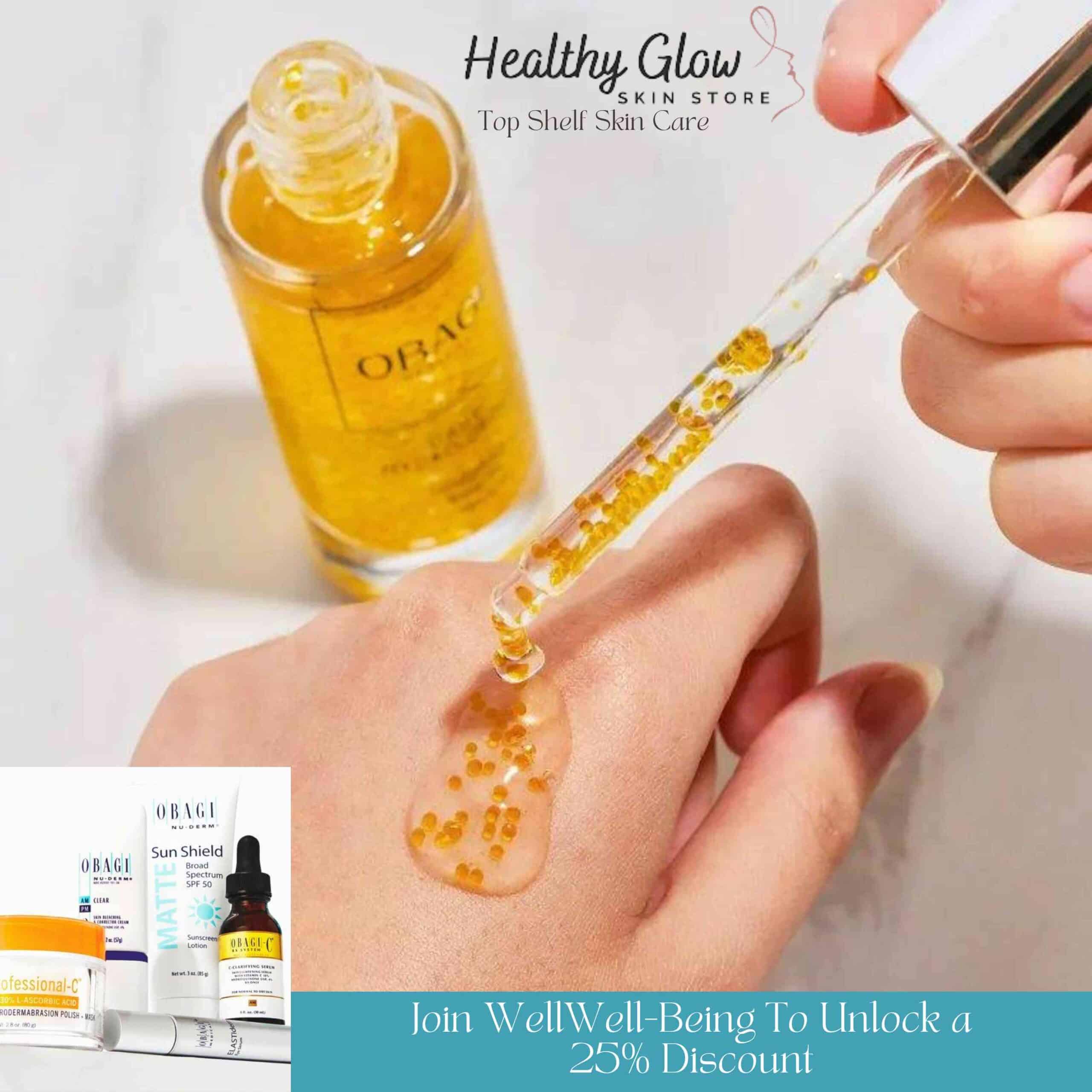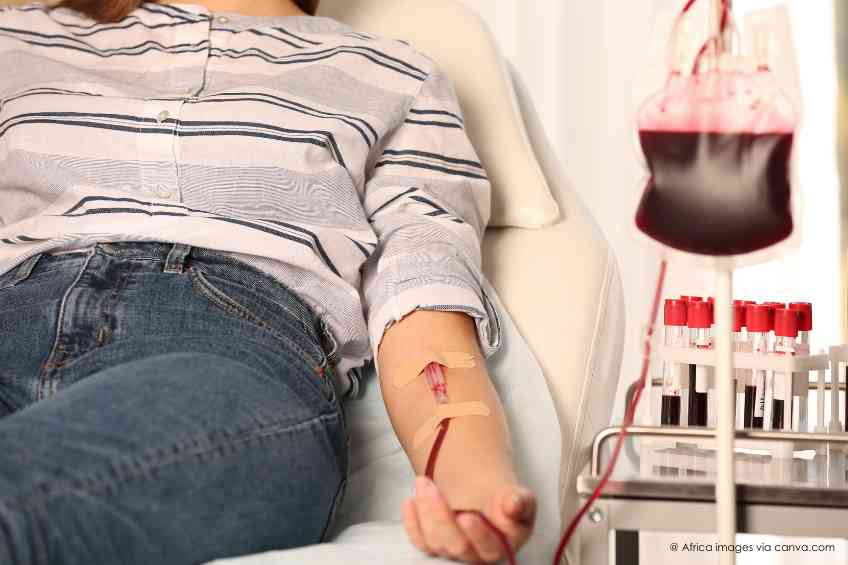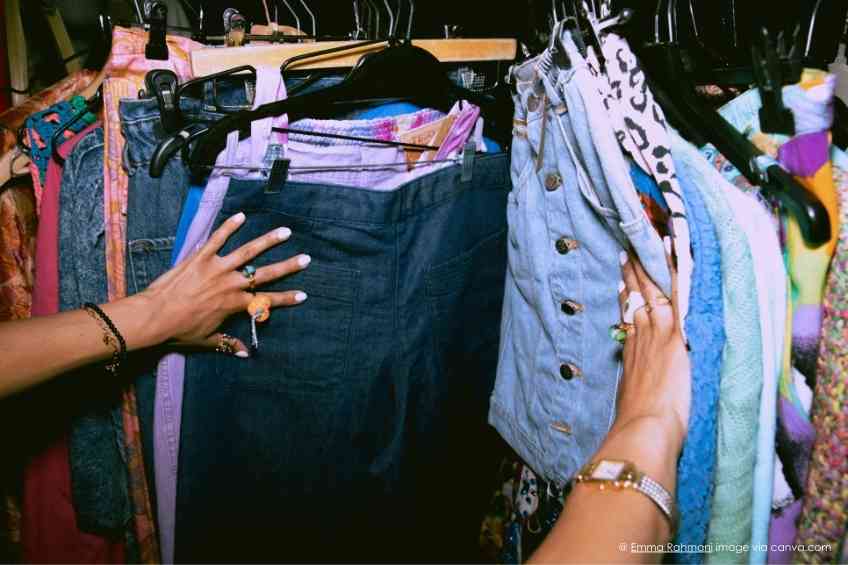By Jessica Scarpati –
Glowing tans are having a moment again—and not just in the Oval Office. The latest comeback, however, has experts worried a new generation’s embrace of an old trend will have dark consequences. Tanning beds are back and dangerous, raising concerns about increased risks of skin cancer and premature aging as young people turn to artificial tanning methods without fully understanding the health hazards.
Tanning bed use had been on the decline since the mid-2000s, driven partly by increased awareness of the health risks and a wave of state legislation restricting minors from using tanning salons. The reason: every time a person tans, whether indoors or outdoors, it causes irreversible, cancer-causing mutations to DNA in the skin.
But health experts worry that Generation Z—those born between 1997 and 2012―are unaware of or ignoring the potential dangers amid an apparent resurgence of suntanning and tanning bed use.
In a recent survey of 1,000 Gen Z adults by the American Academy of Dermatology, more than half were unaware that sunburns can cause skin cancer or premature skin aging. More than a quarter, 28 percent, reported that “getting a tan was more important to them than preventing skin cancer,” while one in seven said they tanned in 2023.
“Image is so important to this age group,” noted Seattle-based dermatologist Heather D. Rogers. “This is a generation incredibly focused on beauty with a significant fear of aging. Tanned skin seems to have visual appeal and projects the image of good times. However, what people don’t realize is that tan skin is a sign your skin has been injured.”
This wasn’t the only alarm sounded. The Washington Post warned that “tanning mania is back” thanks to TikTok fueling the rebirth of indoor tanning.
“On the platform, now the social media ground zero of beauty trends, #tanning has generated 4.1 billion views,” the newspaper reported. “This includes videos from young women who describe themselves as tanning ‘addicts.’ (The caption of one such post: ‘It’s a problem but I’d rather die hot than live ugly I guess #yolo #lol #sunbed.’)”
Experts have also expressed concerns about unqualified social media influencers perpetuating dangerous myths like sunscreen causes cancer or that a “base tan” protects you from it. Both are false.
“Influencers suddenly have become the new dermatologists, and there’s a lot of misinformation,” dermatologist Deborah S. Sarnoff, MD, president of The Skin Cancer Foundation, told Women’s Health.
Beauty, however, may only be one of the reasons fueling the trend back to these salons. Some suggest that for Gen Zers who came of age during worsening climate change, the COVID-19 pandemic and political unrest at home and abroad, the distant possibility of skin cancer doesn’t carry the same level of urgency as other problems they confront.
“The world is dying. Lay in a tanning bed. Who cares anymore,” one Gen Zer tweeted.
But the risk is real―and well-established. In fact, indoor tanning use before age 35 is linked with a 75 percent increased risk of skin cancer, according to The Skin Cancer Foundation. In a 2012 interview with The New York Times, New York-based dermatologist Darrell Rigel, described how doctors view indoor tanning beds: “We don’t call those UV tanning booths. We call them tanning coffins.”
Of course, there are options for those who dread staying pale and pasty fills you with dread. There is a safer alternative in spray tanning. It’s come a long way since the Oompa Loompa hues of the early aughts.
“When spray tans first arrived on the market, they were criticized for their streaky, orange appearance and funky smell. That smell was caused by DHA, the most common active ingredient in spray tan products. As spray tans have evolved, so have the active ingredients,” according to Associated Skin Care Professionals, a professional organization for estheticians. “Erythrulose, a keto-sugar found naturally in raspberries, is sometimes combined with DHA for a more natural-looking tan. Both active spray tan ingredients react with the amino acids in the dead skin cells of the epidermis, giving the illusion of a tan that gradually fades over time.”
Most importantly, spray tans and other sunless tanners carry minimal danger because they don’t penetrate the skin. These products cause a chemical reaction that only affects the outermost layer of the skin, which consists of dead skin cells.
Spray tans aren’t entirely risk-free, however. The U.S. Food and Drug Administration notes there isn’t enough data to understand the health risks of inhaling DHA or getting it in your eyes. These risks can be somewhat mitigated by using nose plugs and protective eye covering, which most salons offer. People with existing skin conditions, such as eczema or psoriasis, may also find that spray tans exacerbate their symptoms or deliver uneven results.
Even though some questions remain about spray tans, health experts are reluctant to throw shade on them if they keep people out of the sun.
“There just isn’t enough data yet, at this point,’” dermatologist Jennifer Lucas. “Do I have concerns? Sure. Do they keep me up at night? Not yet.”













